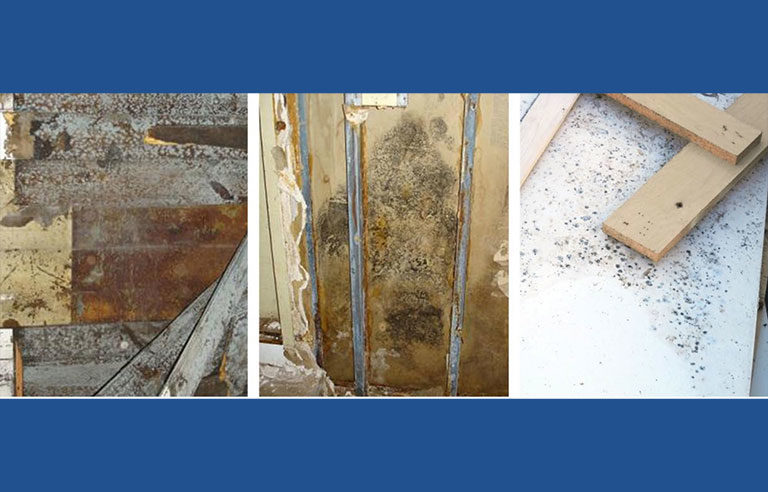
Photo: National Institute of Environmental Health Sciences
Research Triangle Park, NC — To help protect workers who engage in mold cleanup and treatment, the National Institute of Environmental Health Sciences’ Worker Training Program has updated its guidance document.
The resource, which is also available in Spanish, covers:
- Identifying mold, as well as other hazards such as asbestos and lead
- Recognizing mold-related illnesses and symptoms
- Understanding how to assess a water-damaged home
- Using necessary environmental control measures
- Wearing respiratory protection and personal protective equipment
- Following safety practices in gut, muck and mold-removal activities
It also explains:
- When not to enter a structure
- Building inspection color codes
- The dangers of raw sewage, electrical and gas lines, and water lines and plumbing
- How to follow a work sequence
- The need to follow proper ventilation protocols, use containment measures, establish a safety and cleanup area, and practice proper ladder safety
NIEHS has added information on mold cleanup specific to Puerto Rico and other tropical environments. This section addresses the cleanup and treatment of unique building materials such as painted concrete, metal roofs and ceilings, plywood, and ceiling tiles.
McCraren Compliance offers many opportunities in safety training to help circumvent accidents. Please take a moment to visit our calendar of classes to see what we can do to help your safety measures from training to consulting.
Original article published by Safety+Health an NSC publication


